Cambridge University Botanic Garden
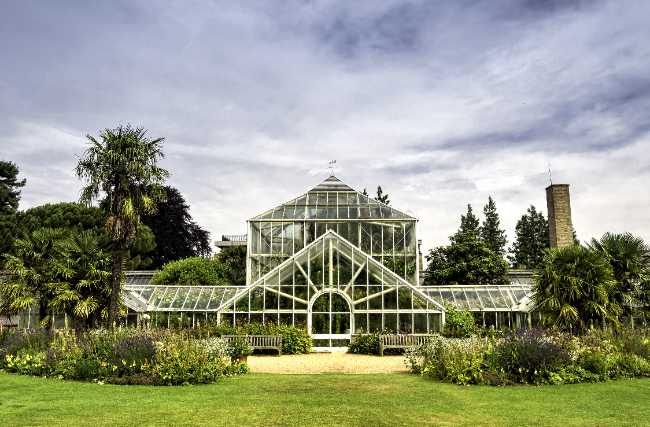
The Cambridge University Botanic Garden is a 40‑acre oasis in the heart of the city, renowned for its beauty, biodiversity, and scientific importance. Founded in 1831 by Professor John Stevens Henslow, mentor to Charles Darwin, it was created to support teaching and research in botany and opened to the public in 1846. Today, it is home to over 8,000 plant species from around the world, displayed across themed landscapes, glasshouses, and seasonal gardens that change in character throughout the year. Visitors can explore everything from vibrant tropical collections to tranquil woodland walks, as well as the Systematic Beds that illustrate plant evolution. The Garden also serves as a living laboratory for conservation and climate research, while offering a rich programme of events, tours, and family activities. Just a short walk from the railway station, it is both a centre of academic excellence and a welcoming green space where nature, history, and discovery meet.
Cambridge United KingdomThe Cambridge University Botanic Garden is located at 1 Brookside, Cambridge CB2 1JE, situated about a 15-minute walk south from the city centre. The garden has two main entrances: the Brookside Gate on the corner of Trumpington Road and Bateman Street, and the Station Road Gate on Hills Road. It is easily accessible from Cambridge Railway Station by walking along Station Road and Hills Road, or via numerous local bus routes that stop nearby at Bateman Street, Leys School, or St Paul’s Road. Although there is no parking on site, limited pay-and-display parking is available on Trumpington Road and Bateman Street, with Park & Ride services recommended for visitors arriving by car. The Botanic Garden neighbors Trumpington Road, a key transport route, and is near the scenic River Cam, adding to the peaceful atmosphere of the gardens. It is surrounded by university departments and residential areas, offering a tranquil retreat just outside the bustling city centre.
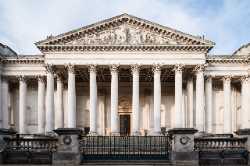 Fitzwilliam Museum
Cambridge
Fitzwilliam Museum
Cambridge
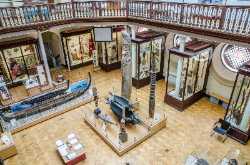 Museum of Archaeology and Anthropology
Cambridge
Museum of Archaeology and Anthropology
Cambridge
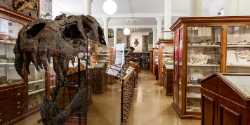 Sedgwick Museum of Earth Sciences
Cambridge
Sedgwick Museum of Earth Sciences
Cambridge
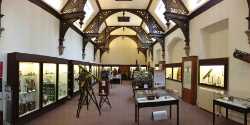 Whipple Museum of the History of Science
Cambridge
Whipple Museum of the History of Science
Cambridge
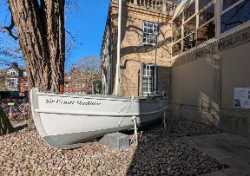 Polar Museum
Cambridge
Polar Museum
Cambridge
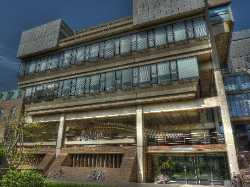 Museum of Zoology
Cambridge
Museum of Zoology
Cambridge
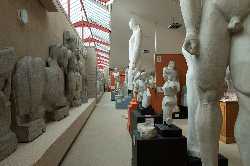 Museum of Classical Archaeology
Cambridge
Museum of Classical Archaeology
Cambridge
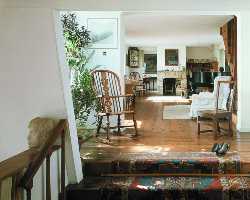 Kettle’s Yard
Cambridge
Kettle’s Yard
Cambridge
 Cambridge Museum of Technology
Cambridge
Cambridge Museum of Technology
Cambridge
 Cambridge Science Centre
Cambridge
Cambridge Science Centre
Cambridge
 Centre for Computing History
Cambridge
Centre for Computing History
Cambridge
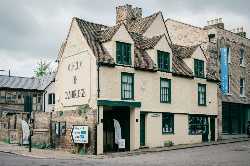 Museum of Cambridge
Cambridge
Museum of Cambridge
Cambridge
 David Parr House
Cambridge
David Parr House
Cambridge
 IWM Duxford
Cambridge
IWM Duxford
Cambridge
 Bottisham Airfield Museum
Cambridge
Bottisham Airfield Museum
Cambridge
 Cambridge Arts Theatre
Cambridge
Cambridge Arts Theatre
Cambridge
 ADC Theatre
Cambridge
ADC Theatre
Cambridge
 Mumford Theatre
Cambridge
Mumford Theatre
Cambridge
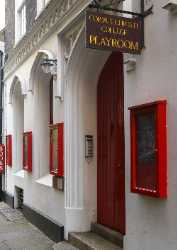 Corpus Playroom
Cambridge
Corpus Playroom
Cambridge
 Robinson Theatre
Cambridge
Robinson Theatre
Cambridge
 West Road Concert Hall
Cambridge
West Road Concert Hall
Cambridge
 MODO Gallery
Cambridge
MODO Gallery
Cambridge
 Cambridge Artworks & Artspace
Cambridge
Cambridge Artworks & Artspace
Cambridge
 GALLERIE V
Cambridge
GALLERIE V
Cambridge
 ArtSpace5-7
Cambridge
ArtSpace5-7
Cambridge
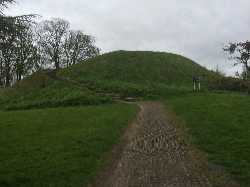 Castle Mound
Cambridge
Castle Mound
Cambridge
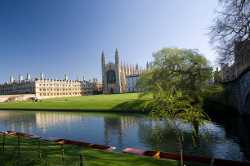 The Backs
Cambridge
The Backs
Cambridge
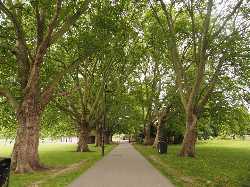 Jesus Green
Cambridge
Jesus Green
Cambridge
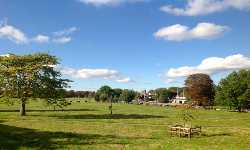 Midsummer Common
Cambridge
Midsummer Common
Cambridge
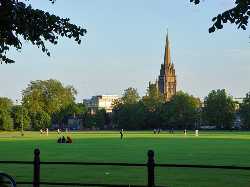 Parker’s Piece
Cambridge
Parker’s Piece
Cambridge
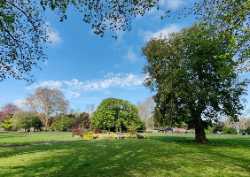 Christ’s Pieces
Cambridge
Christ’s Pieces
Cambridge
 Mathematical Bridge
Cambridge
Mathematical Bridge
Cambridge
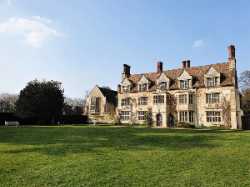 Anglesey Abbey
Cambridge
Anglesey Abbey
Cambridge
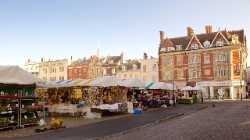 Cambridge Market Square
Cambridge
Cambridge Market Square
Cambridge
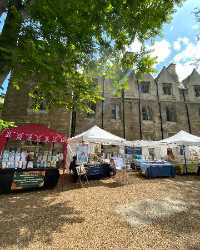 All Saints Garden Art & Craft Market
Cambridge
All Saints Garden Art & Craft Market
Cambridge
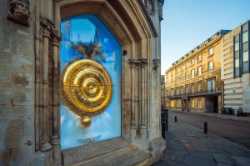 The Corpus Clock
Cambridge
The Corpus Clock
Cambridge
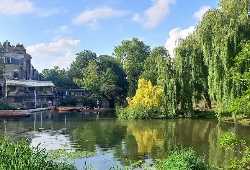 Laundress Green
Cambridge
Laundress Green
Cambridge